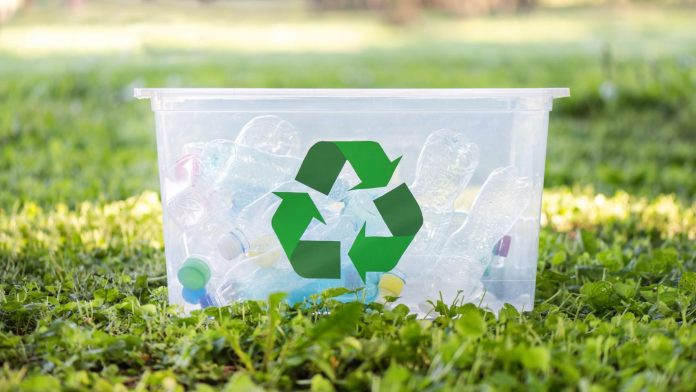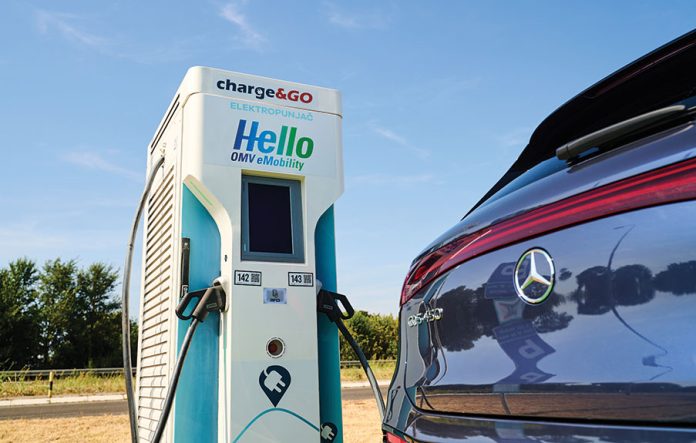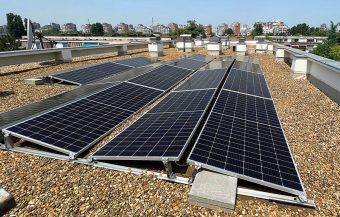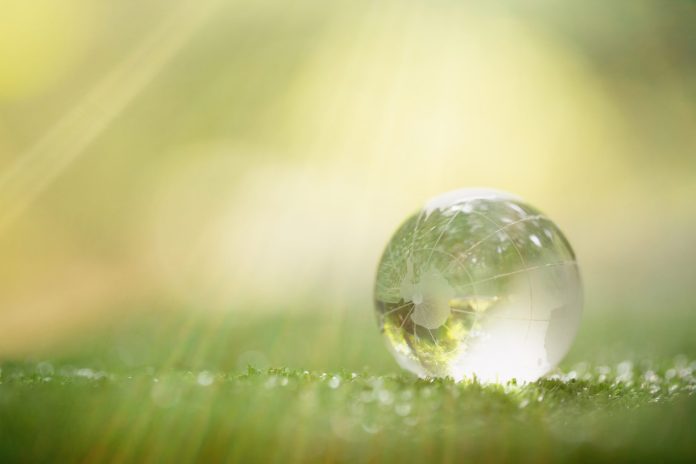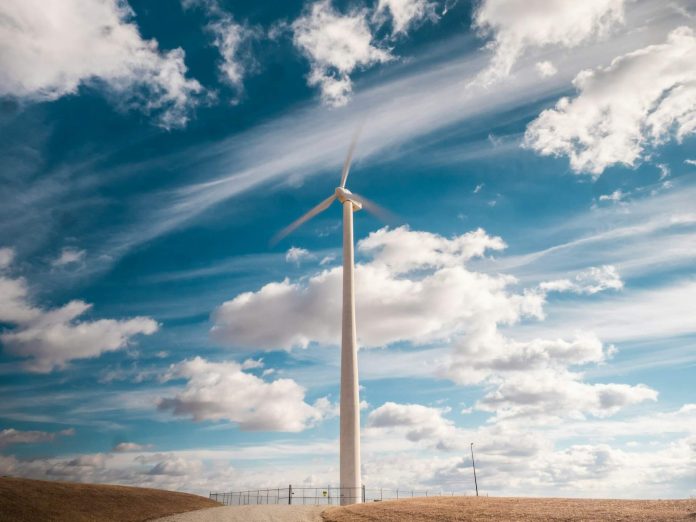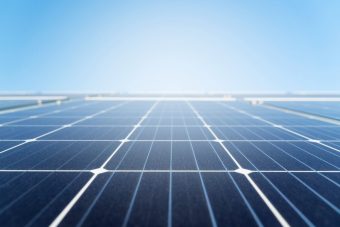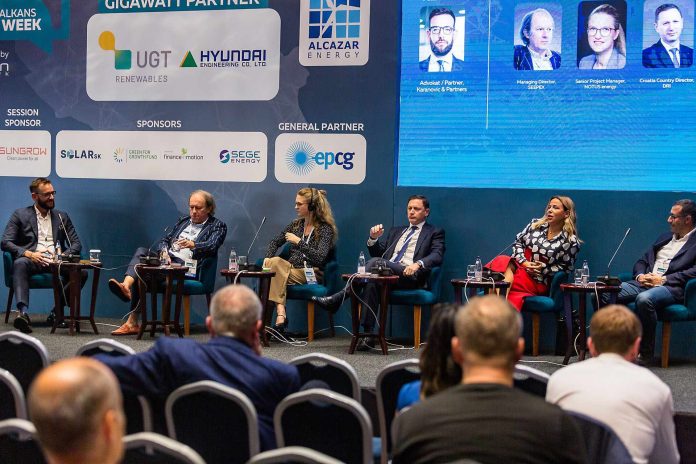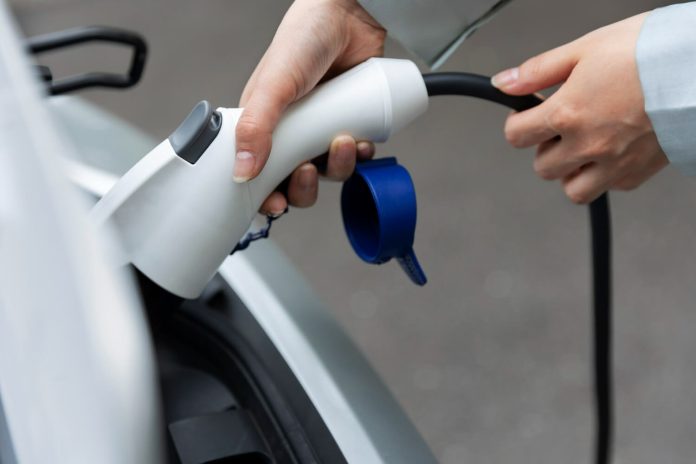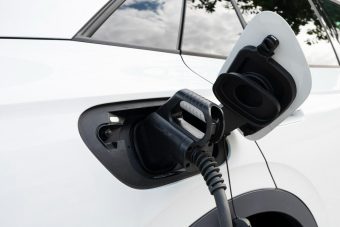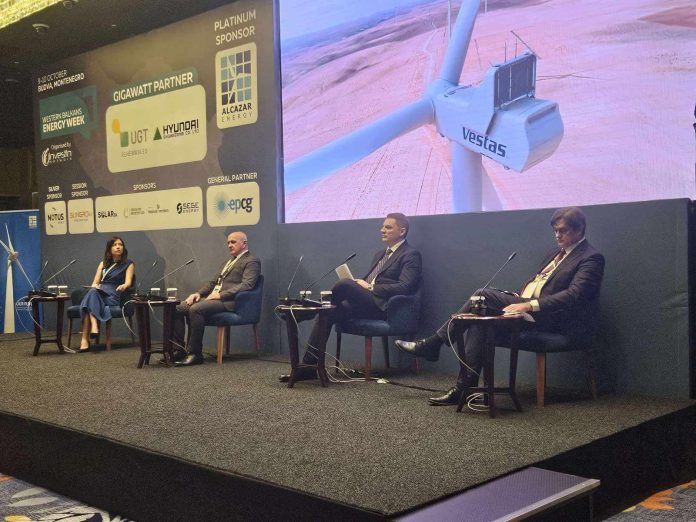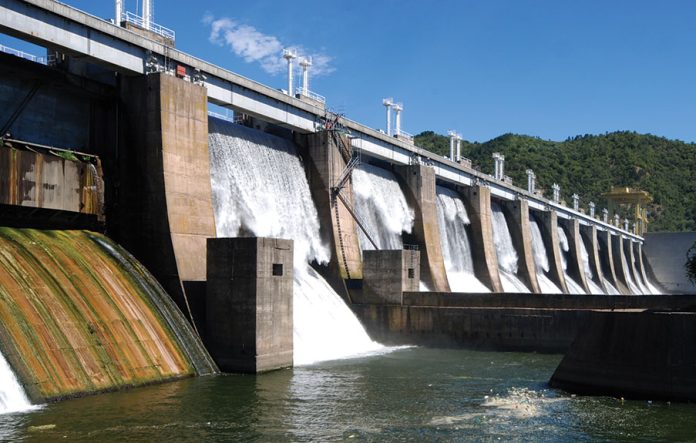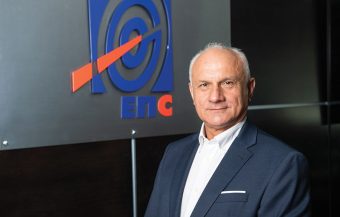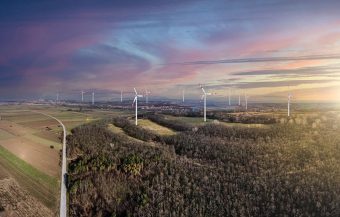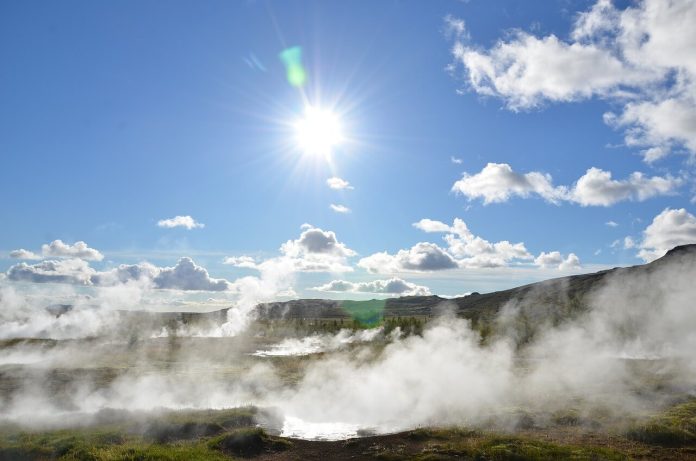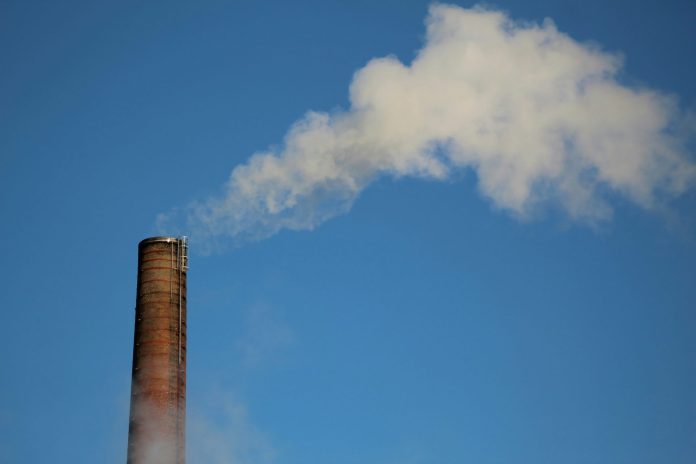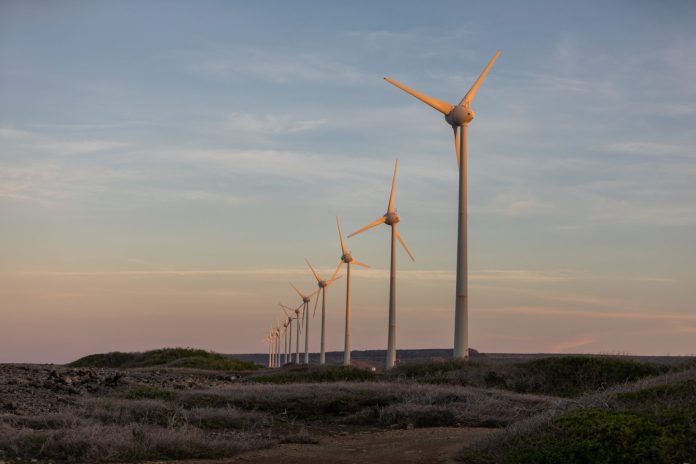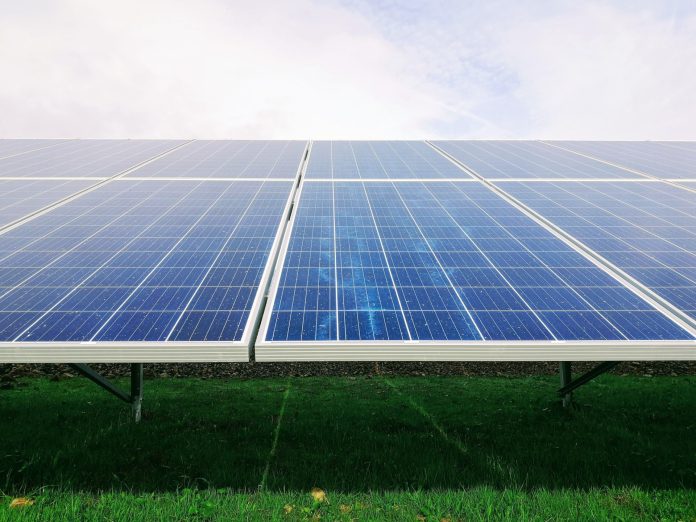In 2023, the EU exported 8.5 million tonnes of recyclable products (paper, plastic and glass) to extra-EU countries, a 34 percent increase from 2022 (6.4 million tonnes), while imports dropped by 19 percent to 3.2 million tonnes, down from 4.0 million tonnes in 2022. Compared with 2013, these exports fell by 5 percent, from 9.0 to 8.5 million tonnes (mostly due to a 44 percent drop in plastic exports between 2013 and 2023), while imports remained stable at 3.2 million tonnes.
In 2023, paper was the most exported recyclable product, representing 81.6 percent of exports (7.0 million tonnes), followed by plastic (15.6 percent; 1.3 million tonnes) and glass (2.8 percent; 0.2 million tonnes). In the same year, 1.7 million tonnes of paper were imported, accounting for over half (51.2 percent) of all recyclable products imported. The second-largest import category was glass (25.4 percent; 0.8 million tonnes), followed by plastic (23.4 percent and 0.7 million tonnes).
India, Indonesia and Vietnam: main export destinations for recyclable paper in 2023
In 2023, India was the largest destination of recyclable paper exports (32 percent of total extra-EU paper exports), followed by Indonesia (17 percent) and Vietnam (13 percent).
As for exports of recyclable plastic, Türkiye was the largest destination (22 percent of total extra-EU plastic exports), followed by Malaysia (21 percent) and Indonesia (19 percent).
In 2023, recyclable glass was predominantly exported to the United Kingdom (39 percent of total extra-EU glass export), Moldova (10 percent) and Türkiye (9 percent).
More:
- Dublin Introduces a Ban on Disposing of Waste in Plastic Bags
- White Paper Presented in Serbia That Could Make the Waste Management System More Sustainable
- From Banana Waste to Clean Energy
United Kingdom: top supplier of recyclable products to the EU
Extra-EU imports of recyclable products came largely from the United Kingdom, which accounted for 31 percent of total paper imports, 47 percent of plastic and 36 percent of glass imports.
The second-largest supplier of recyclable paper was the United States (29 percent of extra-EU paper imports), followed by Switzerland (18 percent). Imports of recyclable plastic also came from the United States (8 percent), followed by Norway (7 percent). The second-largest supplier of recyclable glass was also the United States (29 percent), followed by Switzerland (12 percent).
Source: Eurostat


